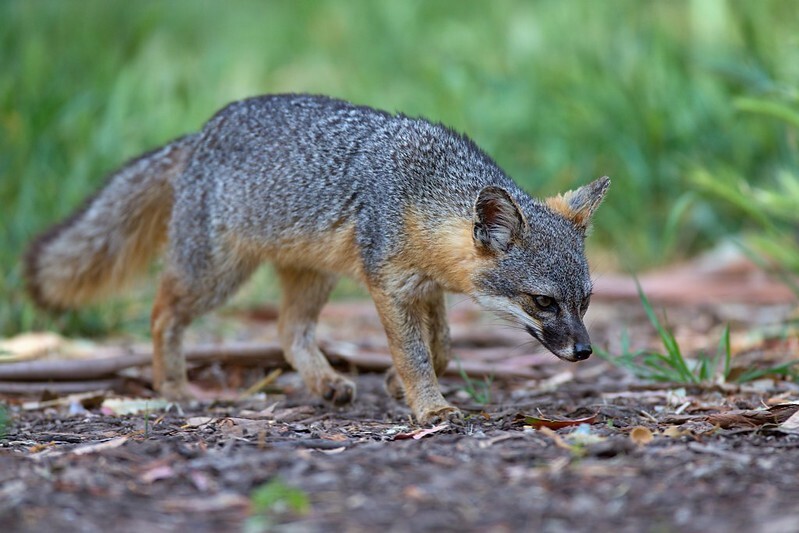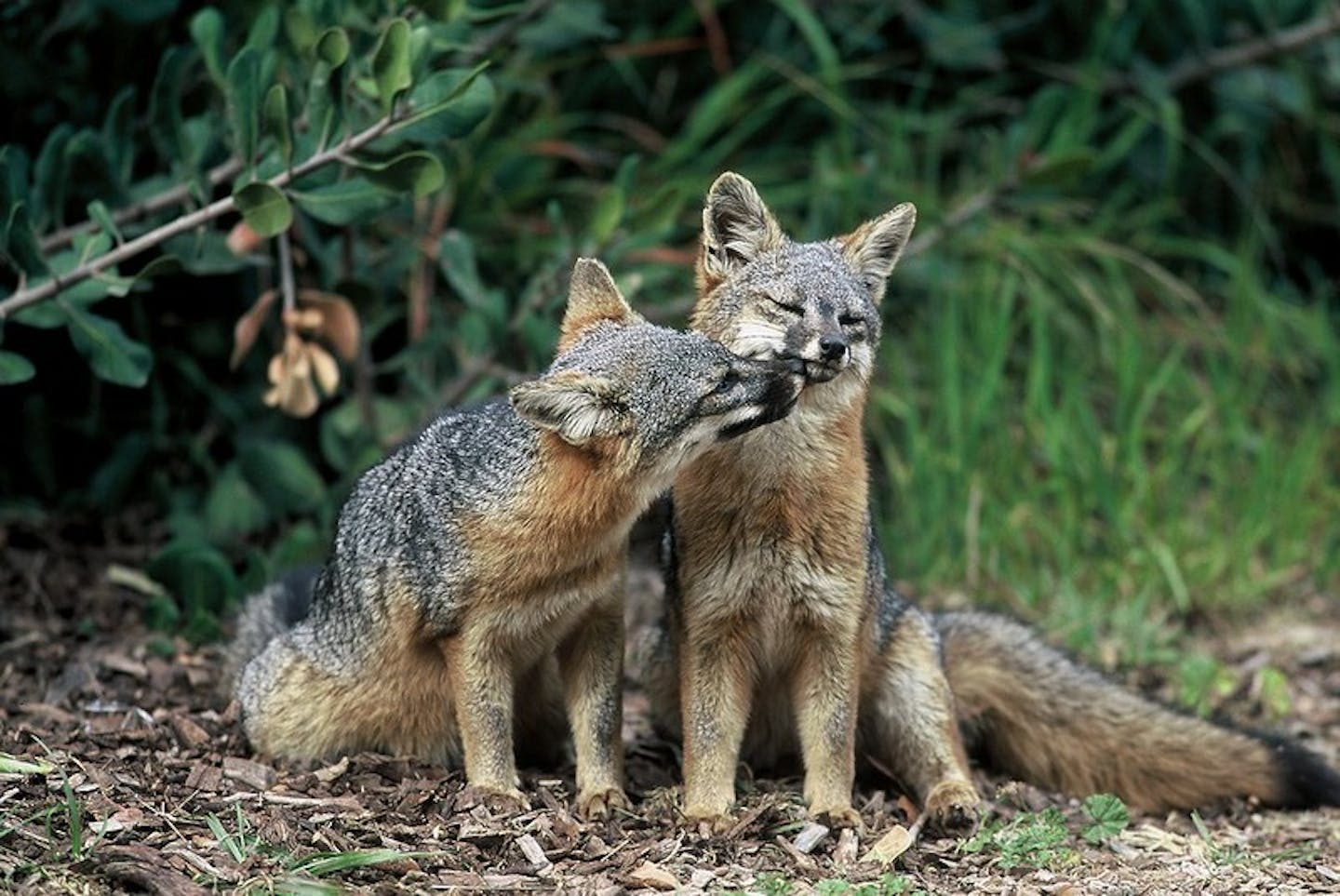The successful conservation story of the endangered small island fox
Indigenous to six of the eight California Channel Islands, the island fox (Urocyon littoralis) is smaller than an average house cat. These curious canids are frequently spotted on the islands of San Nicolas, San Clemente, Santa Rosa, San Miguel, Santa Catalina, and Santa Cruz as they tend to be interested in and unafraid of humans.
Evolving from the mainland grey fox, the island fox simultaneously holds the record for being both the largest native mammal on the island and the smallest canid species in the world. Their omnivorous diet consists of fruit, small mammals, such as deer mice, crabs, and reptiles, most notably the island fence lizard.
This fox population is classified as near threatened but has been in recovery since the 1990s. Heavy amounts of DDT in the local food chain disrupted many of the island species, including eradicating the bald eagle (Haliaeetus leucocephalus) from the region. The golden eagle (Aquila chrysaetos) then took its place as the primary avian predator in the Channel Islands, further intruding on the island foxes’ way of life. Whereas the bald eagle primarily eats fish, the golden eagle consumes terrestrial mammals. With this change, the island fox went from being the apex predator to the prey of the golden eagle. Decimating the fox population, until their numbers fell to critically endangered levels. To save the island fox species, breeding programs off the island were created and the removal of golden eagles ensued. After reintroduction to the island, the fox population has been rebounding.

Channel Island fox. Image credit: Andrej Chudý, Creative Commons
Although the numbers of the island fox are increasing, their genetic diversity has been severely impacted. The island fox and its sub species on San Nicholas Island are the least genetically diverse species in the world. The effective breeding population is so low that the only genetic difference between this subspecies and the main species is the sex of the offspring. Essentially, the only gene variant is now gender. As alarming as this low diversity may seem, evolution has found a way to purge the island fox of problematic mutations while avoiding an inbreeding depression.
This natural phenomenon has allowed the species to avoid extinction. However, the low gene pool and lack of immunity to many canine diseases are still a risk to the small population. Recently, there was an outbreak of disease on Santa Catalina island. One way conceived to protect the species from these issues was through intra-island breeding. Yet, scientists worried that this could in the long term, further reduce the species diversity due to genetic drift. Therefore, for the time being, it appears that the best approach is to simply monitor the fox population and only intervene if a problem occurs. Currently, rules regarding what can and cannot be brought to the island are the main measure to prevent disease from wiping out the island fox population.
The island fox is an example of how precarious the balance of ecosystems are and how the smallest changes can have cascading impacts.



